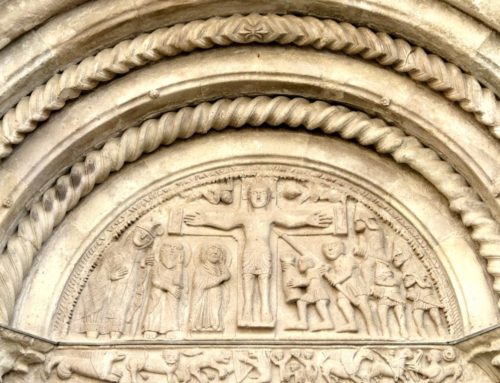From Brescello, the “little world” of Giovannino Guareschi, to the splendour of the Royal Palace of Colorno.
An itinerary to discover the town of Don Camillo and Peppone and the magnificent noble palace of the Dukes of Parma and Piacenza.
Brescello and the Royal Palace of Colorno – full-day itinerary
Brescello: the Don Camillo & Peppone italian saga
The itinerary starts in Brescello, famous set of the films created by the writer Giovannino Guareschi. Our tour will begin in Matteotti square, place of the daily quarrels between the priest Don Camillo and the major Peppone. Here there is Santa Maria Nascente church, with the famous Crucifix with whom Don Camillo discussed. Walking along the road and under the porches of the village, we will remember the adventures of the two men, the actors in the films were Fernandel and Gino Cervi.
At the end of the walking, we will visit the museum “Guareschi and the cinema” which has a section of some photos taken during the film, a part dedicated to a local lute-maker, Raffaele Vaccari and a small exhibition about the Peasant culture. From here, we will go to Don Camillo and Peppone Museum, where we will find a true tank: it is used by the two protagonists in a funny scene of the third film. Inside the museum, we can admire the original posters, objects and many other antiques.
Before a tasting of typical products, we will visit the small but precious Archaeological Museum of the village. Inside we can see mosaic floors, the stele, the amphora and the statues which witness the rich roman period of Brixellum colony.
Colorno: the splendour of the “Little Versailles”
After lunch we will move to Colorno, a small village known for its Royal Palace, ancient residence of Sanseverino family which became the property of Parma and Piacenza dukes: before the Farnese, then the Borbone and at the end Maria Luigia. The summer mansion was enlarged and embellished with beautiful marble floors, boiserie, Chinese living rooms and stuccos decorations. Walking among the flats we will talk about court life, formal receptions and daily pastime.
After the palace, we will visit the 18th century San Liborio church, symbol of the devotion of the Duke Ferdinando Borbone.
Our visit will end with a walk in the magnificent ducal garden, a theatre of games, festivals and court pastimes.









